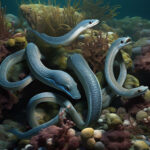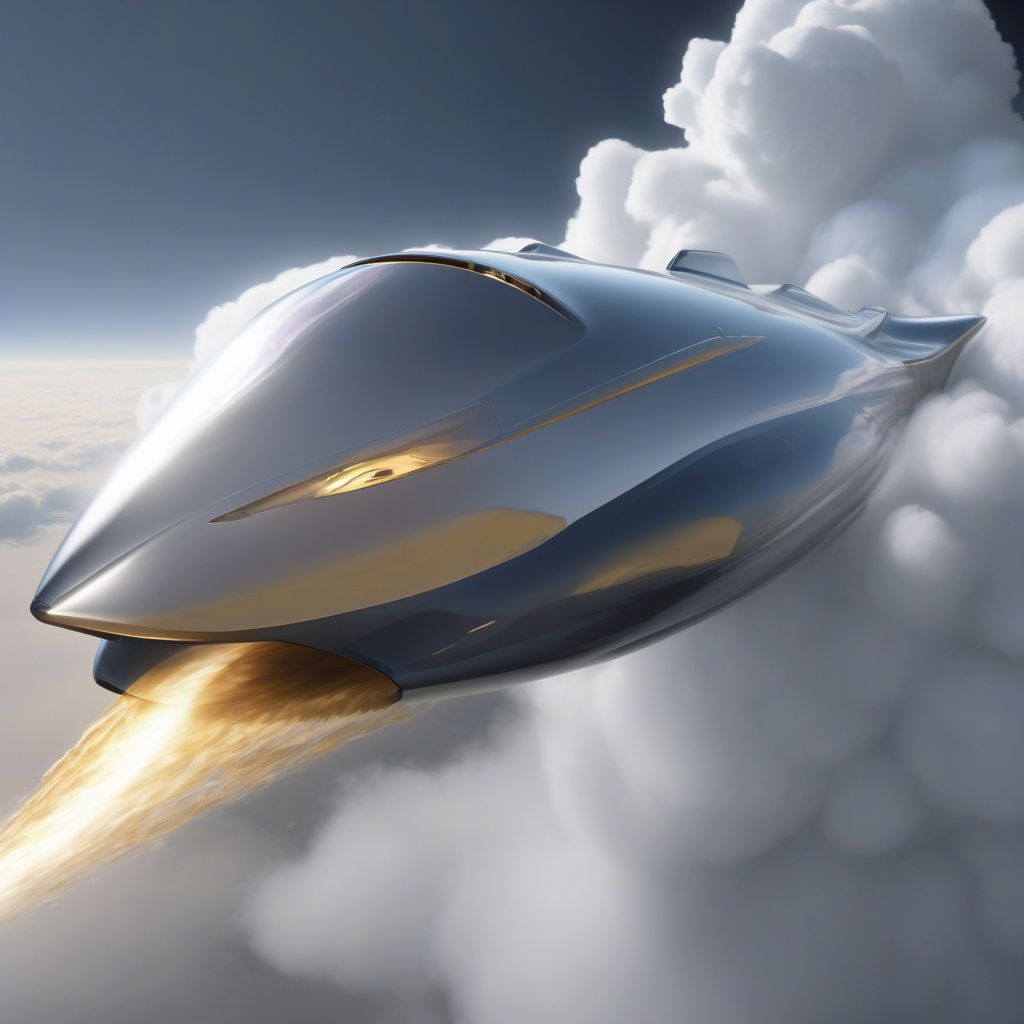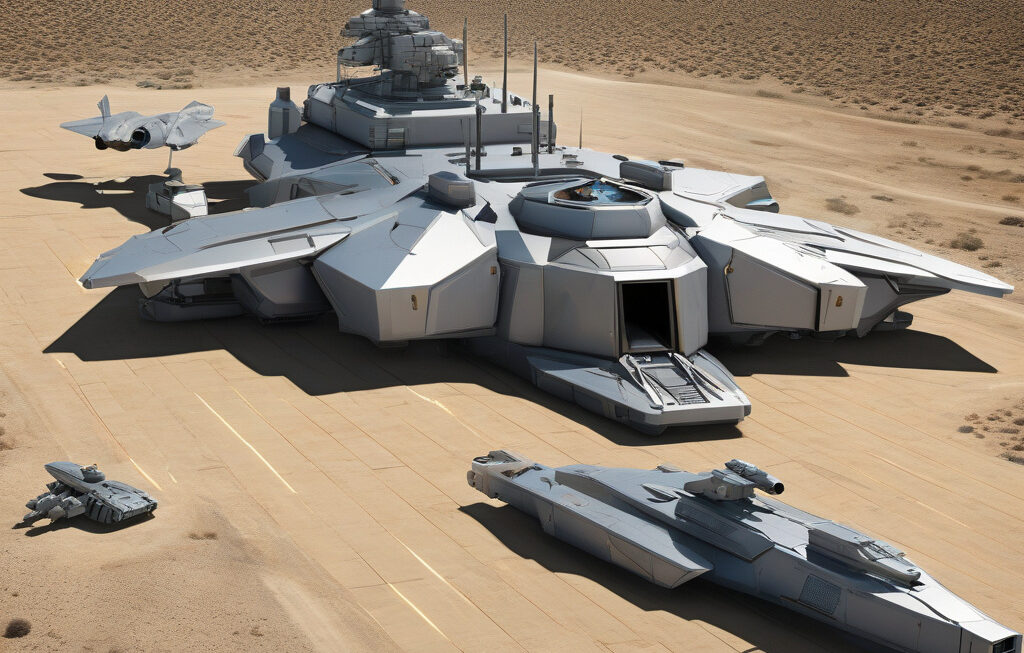Simulations Show How Water Droplets Interact with Hypersonic Vehicles at Mach 5 Speed
During hypersonic flight, an aircraft or missile flies at speeds exceeding Mach 5. Mach 5 is equivalent to five times the speed of sound, which is around 1,715 meters per second or 3,836 miles per hour. At such incredible velocities, the interaction of the vehicle with the surrounding environment becomes crucial for its performance and safety.
One of the significant challenges faced by hypersonic vehicles during flight is the interaction with water droplets in the atmosphere. These droplets, which are typically present in clouds or humid conditions, can have a significant impact on the vehicle’s aerodynamics, thermal management, and overall performance. To better understand and predict how water droplets interact with hypersonic vehicles at Mach 5 speeds, advanced simulations have been developed.
Computational fluid dynamics (CFD) simulations play a vital role in studying the behavior of fluids, gases, and particles in motion. By utilizing CFD simulations, researchers and engineers can analyze complex phenomena such as the interaction of water droplets with hypersonic vehicles. These simulations take into account various factors, including the vehicle’s speed, altitude, shape, and the size and distribution of water droplets in the atmosphere.
Through CFD simulations, scientists can observe how water droplets behave when they come into contact with the surfaces of hypersonic vehicles traveling at Mach 5 speeds. The simulations provide valuable insights into the droplet impingement patterns, surface wetting effects, and the subsequent heat transfer and vaporization processes. Understanding these interactions is essential for optimizing the design of hypersonic vehicles to improve their efficiency, durability, and performance.
Moreover, CFD simulations allow researchers to evaluate different strategies to mitigate the impact of water droplets on hypersonic vehicles. By adjusting the surface properties, such as the roughness or coating of the vehicle, engineers can minimize the adverse effects of droplet impingement and reduce drag and heating during flight. These simulations also help in developing innovative thermal protection systems and anti-icing technologies to enhance the vehicle’s resilience to challenging atmospheric conditions.
In addition to enhancing the aerodynamic performance of hypersonic vehicles, understanding how water droplets interact with these vehicles at Mach 5 speeds is crucial for ensuring their safety and reliability. Uncontrolled droplet impingement can lead to structural damage, corrosion, and operational issues, compromising the overall mission success. By leveraging CFD simulations, engineers can proactively address potential challenges and optimize the vehicle’s design to withstand harsh environmental conditions.
As the field of hypersonics continues to advance, the insights gained from simulations of water droplet interactions at Mach 5 speeds will be invaluable for pushing the boundaries of aerospace technology. By refining our understanding of these complex phenomena, researchers and engineers can drive innovation, improve performance, and unlock new possibilities for hypersonic flight.
In conclusion, CFD simulations offer a powerful tool for studying how water droplets interact with hypersonic vehicles at Mach 5 speeds. By delving into the intricacies of droplet impingement, surface wetting, and thermal effects, researchers can optimize vehicle design, enhance aerodynamic performance, and ensure operational safety in challenging atmospheric conditions. The future of hypersonics relies on harnessing the insights provided by simulations to propel aerospace technology to new heights.
#HypersonicVehicles, #CFDSimulations, #AerodynamicPerformance, #WaterDropletInteractions, #AerospaceTechnology












